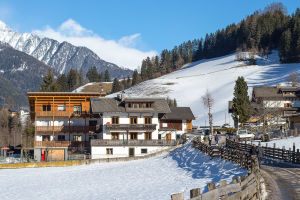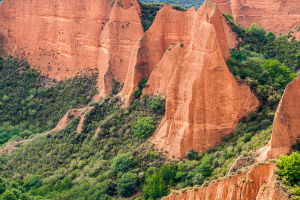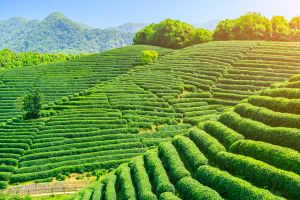Not to mention the usual bright stars in the sky, such as Sirius and the Great Summer Triangle, even the moon and the sun are covered with a thick veil.
"We are inspired by the deepest night" is a Maori proverb.
In the mid-twentieth century, the idea and action to protect the pristine starry sky began to brew in all corners of the world, from Tucson in the United States to Ticapo in New Zealand. A group of people who loved to look up, whether astronomers or residents, began to do something for the seemingly uncommercial night sky.
They realized that these star points recorded the rituals, myths, and cultural beliefs of various ethnic groups. For example, the aborigines of Australia see the Milky Way as a bird, teaching their descendants when they should go hunting and gathering.
The stars on the sea are the compass of the South Islanders, helping them navigate their position and course on the endless waves of the sea.
The Dark Sky Society needs a contemporary interpretation and action plan to translate the sentiment of the night and the universe into practical and impactful social action. We can learn from the lineage of international dark sky initiatives.
Humans and all things have evolved to develop the physiological laws of day and night. However, with the development of electric lighting during the second industrial revolution in the 19th century, and the increasing advancement and popularity of modern LED lighting technology, nights are no longer dark in human habitats.
Over the past 25 years, artificial light sources have grown at a rate of at least 49%, with increases of up to 400% in specific regions. While the rapid growth of nighttime lighting has brought many conveniences to humans, artificial light sources in modern environments have also brought new challenges and threats to the health of many organisms in natural and urban environments.
The emergence of Artificial Light At Night (ALAN) in modern cities has greatly interfered with the light cycle of environmental organisms that have relied on natural darkness for millions of years. Excessive short-wavelength blue light has inhibited the secretion of melatonin. Wrong lighting not only harms the eyes and consumes energy but also poses dangers. Additionally, it affects the health and well-being of people, disrupts species' habitats, and threatens biodiversity due to disrupted light rhythms.
Therefore, at the end of 2021, the United Nations Committee on the Peaceful Uses of Space requested the United Nations Office of Space Affairs and the International Astronomical Association to hold the International Dark and Quiet Skies for Science and Society Conference in Spain.
The conference and its 2020 publication provide clear scientific evidence and concrete strategic recommendations on the ecological and social benefits caused by artificial light sources (ALAN), including clear and quantifiable ways to regulate light pollution and what cooperative solutions and political consultation actions governments can take to protect the dark sky oasis.
These provide guiding principles for the general direction, which can provide the strongest support for Taiwan in promoting dark skies and a better light environment.
Although there is no shortage of international academic literature discussing the effects of artificial lighting on astronomical research, ecosystems, and human health, social and environmental scientists are gradually constructing the basic thesis of darkness as an important environmental substrate and rethinking the use of artificial light sources.


